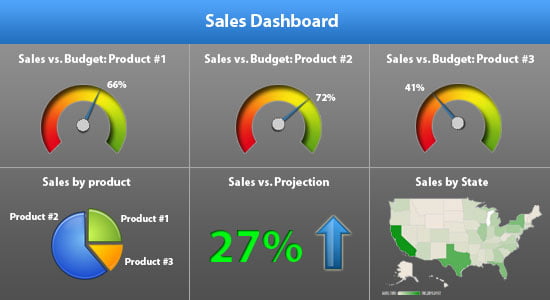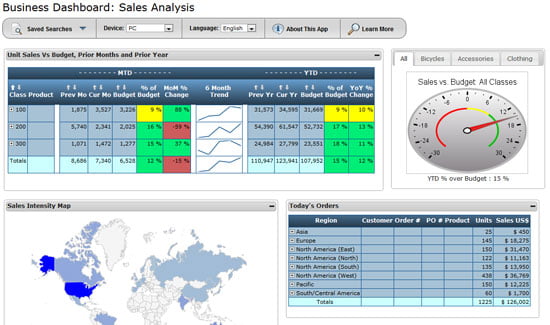Application modernization comparison chart
 Here’s a million dollar question: What’s the best application modernization method for your company?
Here’s a million dollar question: What’s the best application modernization method for your company?
Here’s the answer: It depends.
If your company needs to modernize existing legacy applications, choosing the best method varies largely on your needs, goals, and resources. You’ll need to answer a few questions before you begin, such as:
- Why are you modernizing in the first place?
- What’s your budget?
- When do you need the job completed?
- What do you hope to accomplish?
If you need help choosing the best modernization solution for your company, here are a couple of things that could help: First, here’s a free whitepaper entitled “Crash course in modernization,” that takes an in-depth look at the modernization basics. We’ve also created a handy little comparison chart, which compares 5 different modernization methods.

